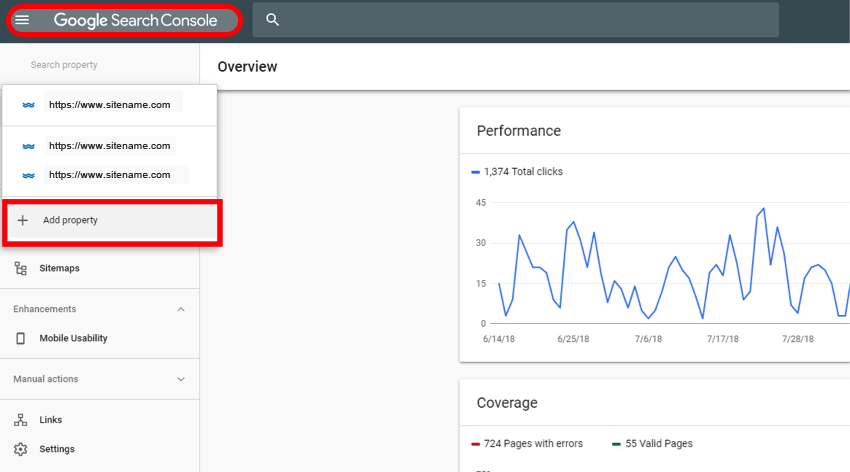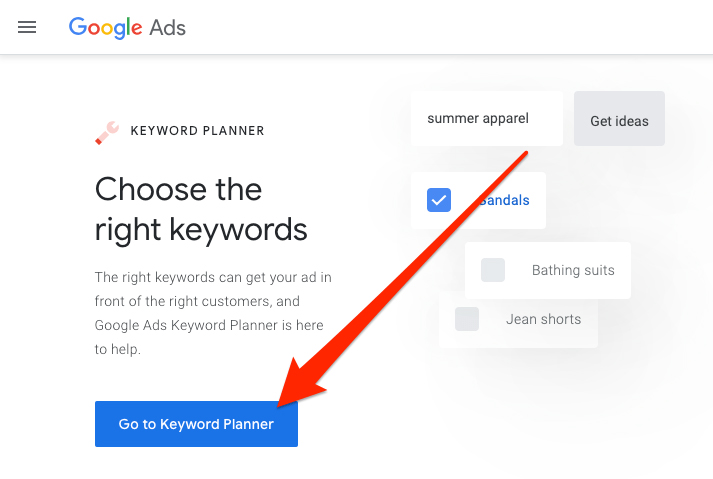Google Search Visibility Checklist
Getting a good placement or visibility in Google search results sounds like a difficult task, but you can make life easier for yourself and for your website or online content by following the steps/checklist recommended by Google. This checklist makes sure that the search engine giant knows you’re there.
In this article, we spell these out these steps for you. Here you go!
1. Register your site with Google Search Console
Google Search Console is a free of cost service from Google that allows you to submit your website and its sitemap to Google for indexing. When you submit your sitemap to Google Search Console you are making sure that the search giant knows that your website exists, so that it appears in search results.

With Google search console you can do a lot of useful things like:
- Checking who is linking to your site
- Ensuring that Google is not experiencing any crawl errors with your site
- Letting Google know if different versions of your websites exist for different regions
- Viewing the kinds of search queries that are driving traffic to your site
2. Register your site with Google My-Business
Registering your business on Google My Business helps it to appear in relevant geographic search results. When you register your site, Google will send a postcard containing a pin to your business address – you can use this postcard pin to ‘verify’ your business with Google.
This verification lets Google know that your business exists physically at a location you specified, meaning that you have a stronger chance of appearing in search results and on Google Maps too for people who are searching for a business like yours in the area in where you operate.
3. Make your site load blazingly fast, particularly on mobile devices
Google has been using site speed as a ranking signal since 2010, so it’s important to ensure that your site is loading as fast as possible. You can make sure this happens by using a fast hosting, minimize the number of HTTPS requests on your site and ensure your image file sizes are as small as they can be.
Also as use of mobile phones is on the rise you should make sure your website is blazingly fast on a mobile, and that the user experience for people viewing it on smartphones is as good as possible.
Another thing worth to note is that Google prefers mobile sites that are clutter free means that they don’t feature obtrusive popups or ‘interstitials.
Not only popups or ‘interstitials can slow down the loading of your website on a mobile device, they can make for a poor mobile user experience, something that Google’s algorithm typically penalizes.
4. Identify the right keywords to use — and add them to your headings, page titles, Meta descriptions and URLs
It’s important to identify the best keywords for your site, and to make sure that they’re added to it in the right way. You need to perform keyword search to find the best keyword for your website.

This can be done by focusing on the following key pieces:
- The keywords that people are using to search for products or services like yours
- The volume of searches for each of them
- How difficult it will be to rank for each keyword
When you tweak these three pieces you will have enough data to find an SEO ‘sweet spot’ – keywords that are popular enough to generate a reasonably large amount of traffic.
When you have found the right keywords you can add them to:
Page titles, meta descriptions, headings, page content and your URLs
5. Create backlinks to your site
Even if you’ve creative content, well-constructed page titles, Meta descriptions and URLs, they’re usually fairly useless unless you’ve got ‘backlinks’ pointing to your website too.
Backlinks are essentially links from other sites to your site, and in a very simple sense Google considers them as ‘votes’ for your online-content/website.
There are two basic ways to generate backlinks:
- By asking other site / blog owners to feature links to your content on their sites
- By creating high-quality blog posts that are extremely relevant to your business niche and helpful articles about your area of business, are more likely to attract a relevant audience, a proportion of which will create backlinks to them.
To conclude:
Google is really helpful when it comes to advising you how to improve your site’s performance in search results and the company provides free guides and YouTube tutorials as well to optimize your content. Just read it in depth and make sure you are following all their advice.
